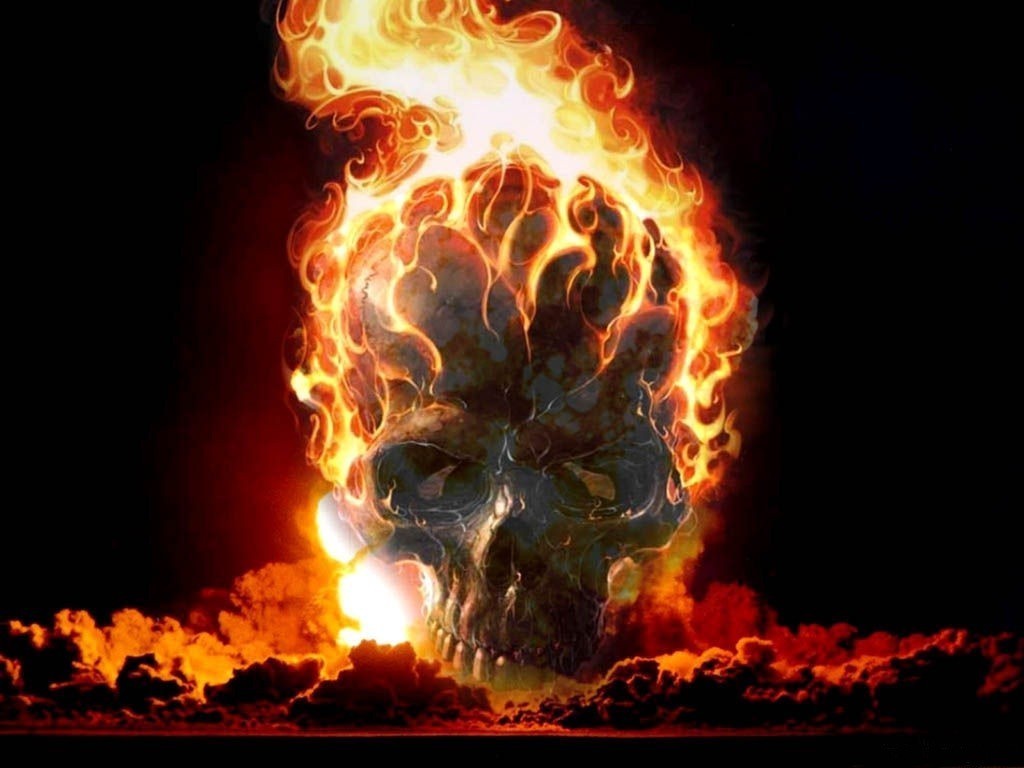First, based on evidence gathered from the Dallas Aquarium, otters do have opposable thumbs. Kind of chimp-level opposable, but thumbs nonetheless. One of them stared at me for a long time, which rose the hairs on my neck.
Second, artillery is the God of War. Napolean said that. 50% of all casualties in WWII were by artillery.
Third, the process is like this:
Design a model in 3D software that can export to a format called "watertight STL". STL is an acronym that means "Stereo lithography". I suggest MoI (
www.moi3d.com) or Rhino (
www.rhino3d.com).
The STL file can then be sent to a milling house ("subtractive construction"), or more often, to a 3D printing house that uses laser stereolithography ("additive construction").
"Subtractive construction" means that you start with a block of material and carve stuff off to achive your objective. Classical sculpture is like this, where you start with a chunk of stone and knock off the pieces that don't look like an elephant.
"Additive construction" means that you assemble little clumps of material to achieve your objective. In miniture land, this is usually equated with making little blobs of greenstuff, Fimo, Sculpey, ProCreate, etc. look like the finish model. Machines do this by either:
1) having a little print-head melt plastic and construct the object one dot at a time in a plane,then moving the print-head up a little and construct the next plane, and so forht.
2) doing (1) using a UV laser and a vat of special plastic goo to achieve the same thing. (see
http://en.wikipedia.org/wiki/Stereolithography)
Some types of SLA machines produce a hard plastic thingy that is suitable for resin casting.
Other types of SLA machines produce a soft, squishy thing suitable for sacrifice to the gods. The daring, though, dunk this thing into a vat of enamel until a hard shell is produced. After a suitably thick shell is created, molten metal is poured into the the shell. The molten metal consumes the soft plastic, but leaves the hard enamel. The brittle enamel is later cracked open, revealing the metal thingy in the exact same shape as the plastic thingy. This process is called "investment casting" because the original pattern is completely destroyed to make the hard metal pattern. This pattern can then be used for resin casting, or high temperature vulcanization casting, such as for mass production metal models.
In general, the first method is cheaper and faster, but has lower resolution. Rivets are hard to make with that method.
I hope my drunken post-(adult syndrome related to neural frenzy) rambling has educated you somewhat. Please refer to:
http://www.tacticalwargames.net/forums....y265403





